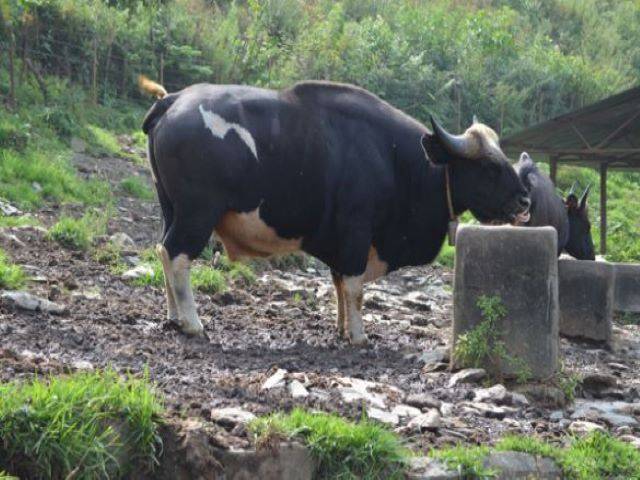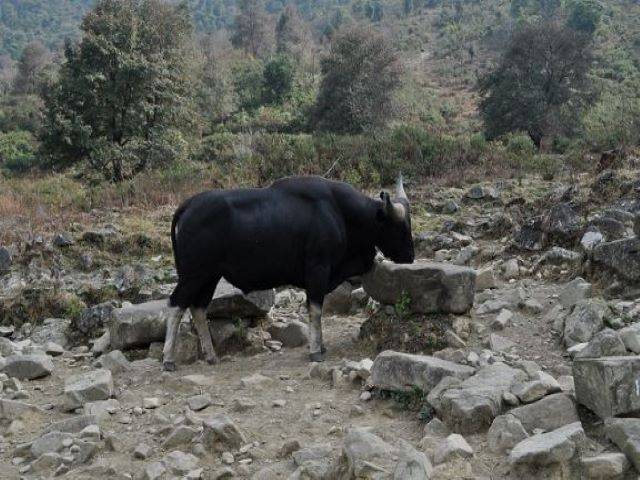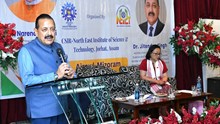
A team of Scientists of ICAR-National Research Centre on Mithun, Nagaland on 30th July 2019 reported the first de novo draft genome assembly of Indian mithun (Bos frontalis) in the peer-reviewed journal BMC Genomics. The Scientists generated ≈250 Gigabyte (Gb) high quality reads from whole-genome deep sequencing platforms and assembled the sequence data using a hybrid assembly strategy. The final genome assembly constitutes a total length of 3.00 Gb.
Compared to the earlier report of Chinese gayal genome, the mithun genome, reported by the Indian scientists, is reasonably far more complete (>95%) having a better coverage of 91.5% and gene annotation with 28,044 protein-coding genes. The genomic alignments showed a high degree of similarity between mithun and cattle than other bovine species.

Mithun (Bos frontalis), the magnificent and unique bovine species, is distributed only in North-Eastern Hilly states of India, Bangladesh, northern Burma and in Yunnan province of China. Approximately, 98% of mithun population of the world is found in India and as per 19th Livestock Census (2012), there is 0.30 million mithun in the country. Besides having a special socio-cultural status, mithun has tremendous potential for providing livelihoods to the region and is often referred to as "pride of North-East".
This comprehensive assembly unraveled the genomic architecture of mithun to a great extent and will provide a reference genome assembly to the research community to elucidate the evolutionary history of mithun across its distinct geographical locations.















